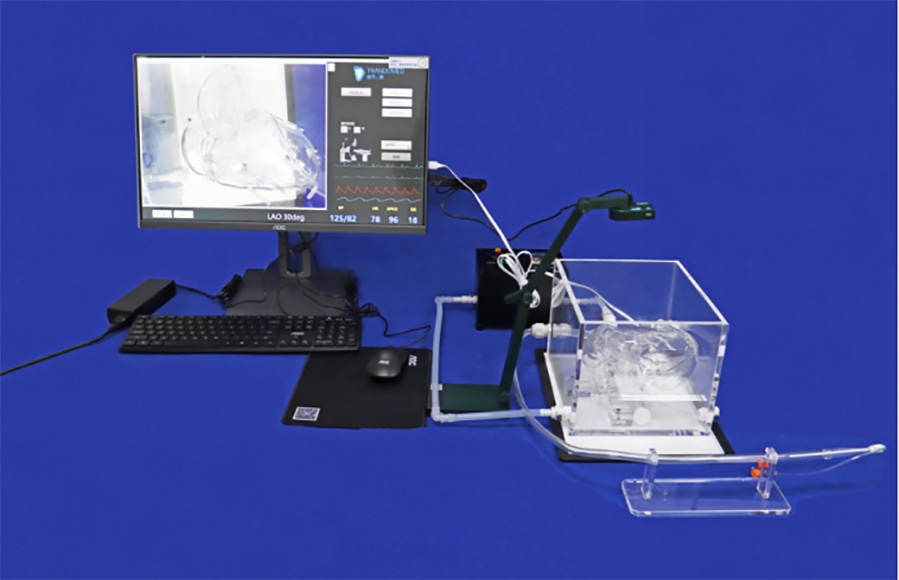
#Industry News
Acute Myocardial Ischemic Syndrome: Causes, Symptoms, Diagnosis, and Treatment
PCI Training Simulator
Introduction:
Acute myocardial ischemic syndrome, also known as acute myocardial ischemia or acute coronary syndrome, is a critical medical condition characterized by reduced blood flow to the heart muscle. This condition requires immediate medical attention as it can lead to severe complications, including heart attack and even death. In this article, we will explore the causes, symptoms, diagnosis, and treatment options for acute myocardial ischemic syndrome.
Causes:
Acute myocardial ischemic syndrome typically occurs due to the partial or complete blockage of coronary arteries, which supply oxygen and nutrients to the heart muscle. The most common cause is the formation of a blood clot (thrombus) within a coronary artery, often resulting from the rupture or erosion of a fatty plaque (atherosclerosis) in the arterial wall. Other causes may include coronary artery spasm, embolism (clot or debris from another part of the body), or coronary artery dissection (tear in the arterial wall).
Symptoms:
The symptoms of acute myocardial ischemic syndrome may vary from person to person, but some common signs include chest pain or discomfort (angina), which can be intense, squeezing, or pressure-like and may radiate to the left arm, shoulder, jaw, or back. Shortness of breath, sweating, nausea, vomiting, lightheadedness, and anxiety are also frequently reported symptoms. It is important to note that some individuals, particularly women and elderly patients, may experience atypical or less pronounced symptoms.
Diagnosis:
Diagnosing acute myocardial ischemic syndrome requires a thorough evaluation of the patient's medical history, physical examination, and diagnostic tests. The healthcare provider may assess the nature and duration of chest pain, along with associated symptoms. Electrocardiogram (ECG) is a vital tool in diagnosing acute myocardial ischemia, as it can reveal characteristic changes such as ST-segment elevation (STEMI) or ST-segment depression (NSTEMI). Blood tests to measure cardiac enzymes like troponin are also performed to confirm the diagnosis and assess the extent of heart muscle damage.
Additional tests may include echocardiography, stress testing, coronary angiography, or computed tomography angiography (CTA) to evaluate the coronary arteries, identify the location and severity of the blockage, and guide further treatment decisions.
Treatment:
The primary goals of treating acute myocardial ischemic syndrome are to restore blood flow to the affected part of the heart and prevent further complications. The treatment approach depends on the severity of the condition and may involve a combination of medical interventions and invasive procedures.
Immediate treatment often includes administration of medications such as aspirin, nitroglycerin, and antiplatelet agents (e.g., clopidogrel) to relieve symptoms, inhibit clot formation, and prevent further blockage. Oxygen therapy may be provided to improve oxygen supply to the heart. For individuals with ST-segment elevation myocardial infarction (STEMI), emergency reperfusion therapy, such as percutaneous coronary intervention (PCI) or thrombolytic therapy, is performed to restore blood flow promptly.





